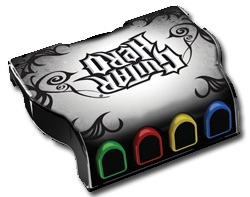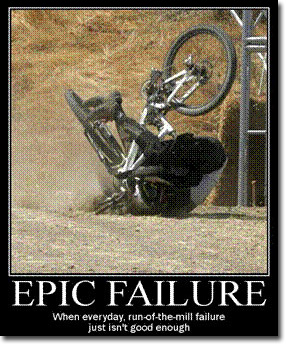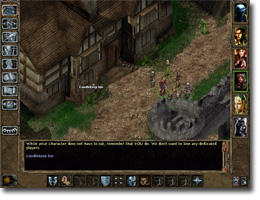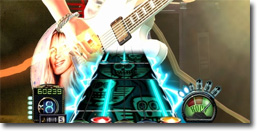Retro Gaming Moves: Spinning Bird KickRetro Gaming Moves: Spinning Bird Kick
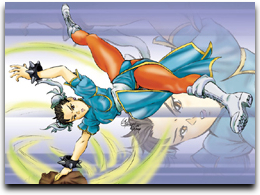 In 1987, Capcom created a new winner with the Street Fighter series. Knowing the demographic, they went for teenage boys with the desire to play fighting games in the arcade in competitive fashion. But is a good fighting game without some eye candy?
In 1987, Capcom created a new winner with the Street Fighter series. Knowing the demographic, they went for teenage boys with the desire to play fighting games in the arcade in competitive fashion. But is a good fighting game without some eye candy?
Chun-Li was the star, with her Spinning Bird Kick. Actually, Chun-Li never saw the first Street Fighter title… only Ken and Ryu (mainly Ryu) were available in the first series installment. This got our taste wet for battle, and Street Fighter II introduced us to a whole range of great moves and character designs.
Out of all the characters, Chun-Li held her own as a cute skinny yet muscular female with moves like no other. Her Spinning Bird Kick would allow her to flip upside down and whack the opponent upside the head a few times as they fall to their back on the stone.
Chun-Li, or “spring beauty” in Mandarin, was famous for her sexy anime legs and their spinning doom. Gamers would perform the move that the worse possible time for their opponent, such as in mid-jump when your opponent had nothing but death and peril awaiting their landing.
Ken and Ryu had spinning kicks too, but without the inverted impossible moves of Chun-Li it fell short of awesome. When it comes to animated violence, perceived hot chicks and young boys battling for ego and rights to be the winner, the Spinning Bird Kick and Chung-Li was a great choice.
The British rock band Arctic Monkeys have an instrumental song titled “Chun Li’s Spinning Bird Kick” and was nominated for a Grammy for Best Rock Instrumental Performance (wikipedia).
It does without doubt, every Street Fighter II player remembers the crazy spinning kicks of Chun-Li and this is what makes her have retro gaming moves!

 For those that are Facebook junkies, playing their hearts out of Scrabulous, you’re going to be hit with some reality: it’s not real scrabble. Hasbro has attempted to
For those that are Facebook junkies, playing their hearts out of Scrabulous, you’re going to be hit with some reality: it’s not real scrabble. Hasbro has attempted to 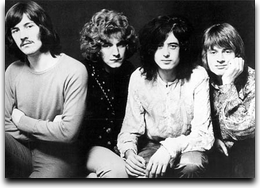 Rhythm Games such as Rock Band and Guitar Hero will go without original masters of Led Zeppelin because the remaining band members don’t want to see their most valuable possessions in the wrong hands.
Rhythm Games such as Rock Band and Guitar Hero will go without original masters of Led Zeppelin because the remaining band members don’t want to see their most valuable possessions in the wrong hands.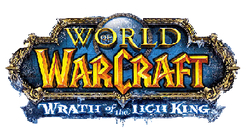
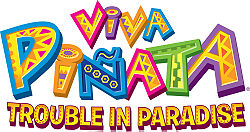 Once upon a time Rare though they had a winner; a game which would end all the confusion between a hardcore console and a kiddie console. Viva Piñata was supposed to change the way we think about Xbox 360 gaming by showing off a title that would make children feel more inclined to game on a “big boys console.”
Once upon a time Rare though they had a winner; a game which would end all the confusion between a hardcore console and a kiddie console. Viva Piñata was supposed to change the way we think about Xbox 360 gaming by showing off a title that would make children feel more inclined to game on a “big boys console.”